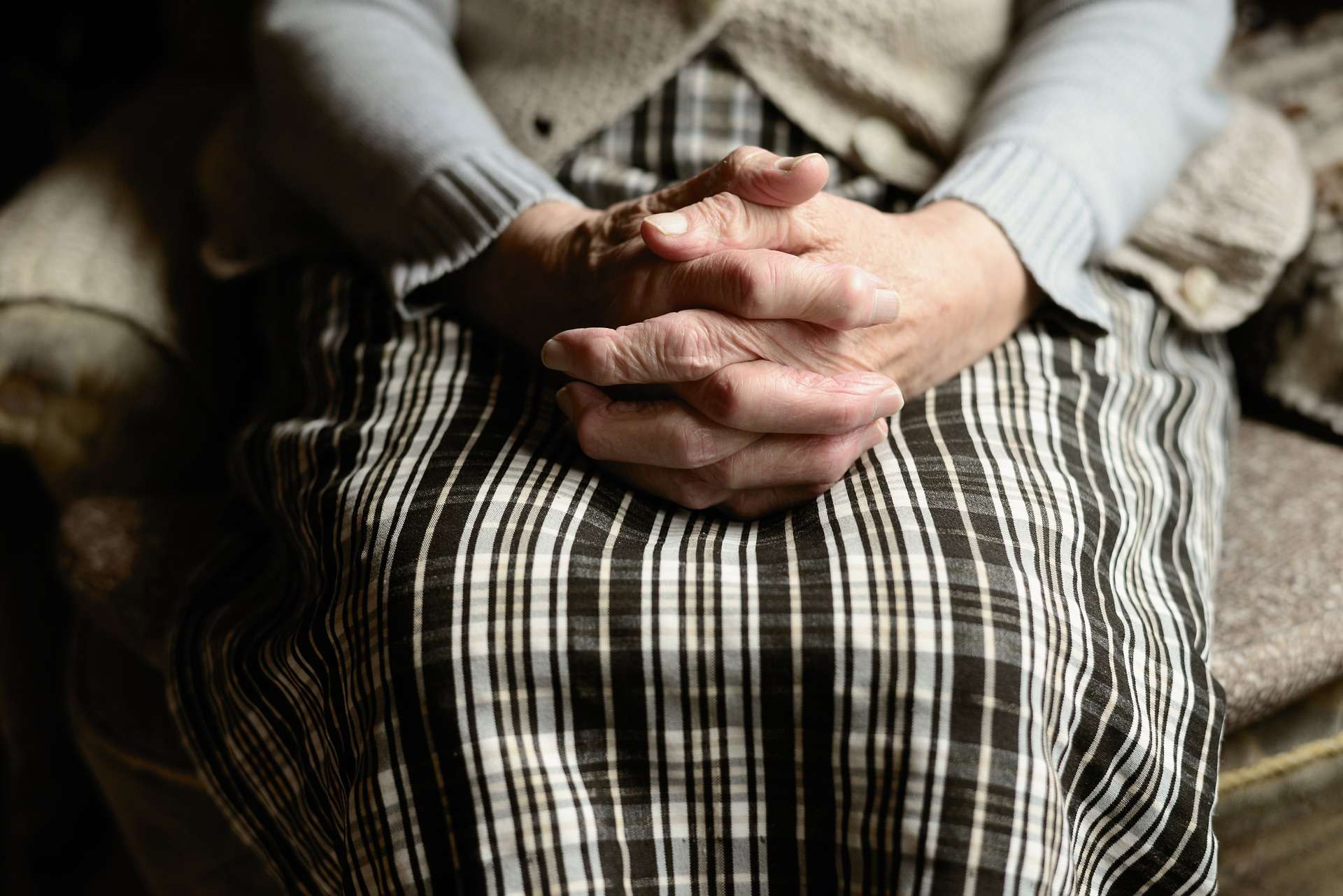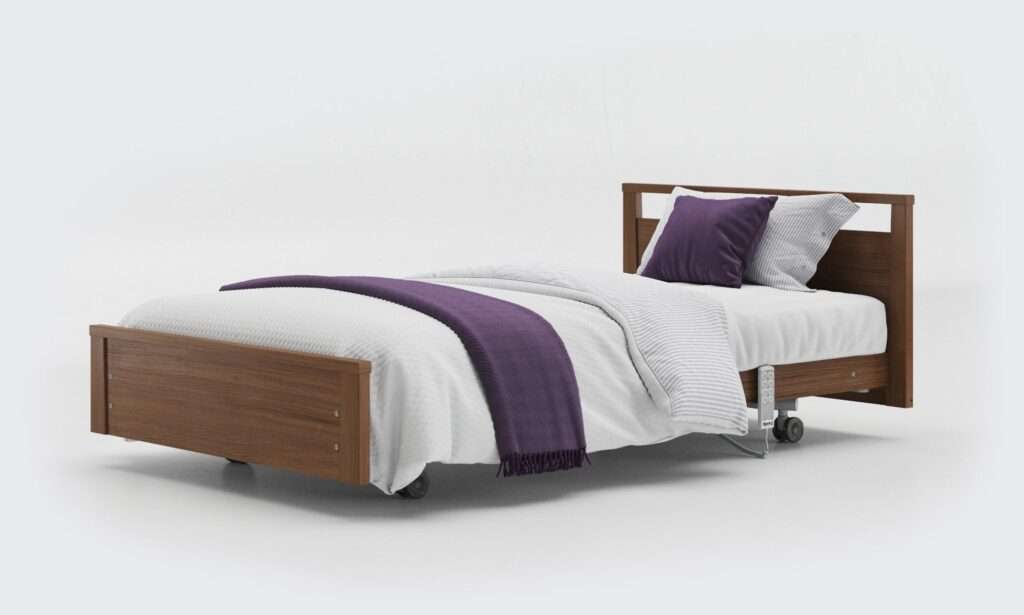Moving and handling specialists will always tell you that this is one of the riskiest transfers that can result in injury, but that shouldn’t stop you knowing how to get someone out of bed.
Here a simple step-by-step process that you can follow to help someone get out of bed and into a wheelchair without hurting yourself.
Jump straight to…
What are the risks?
As with any transfer, you need to carry out a risk assessment before you do any moving and handling. If you don’t use the correct technique and procedures, you could risk injuring both yourself and the person you are moving.
Incorrect techniques could cause things like skin shearing or even bone fractures. In turn, you can injure things like your back, shoulders, or other body parts when moving and handling someone.
When completing your risk assessment, it’s important to note the person’s height, weight, and strength so you can work out whether or not they will be able to carry out some of the actions and movements themselves. Ideally, the person would have decent arm and leg strength to support themselves in a seated position.
If you find that the person is particularly tall, heavier, or unable to stand, then you might want to consider using some specialist equipment like a transfer aid or mobile hoist.
Before you help someone get out of bed
Before you begin, make sure the surrounding environment is safe for you to move a person around in. This mean ensuring that there isn’t any debris or loose wires around the floor that could be a trip hazard to yourself or the person.
Inform the person you are moving of what you are about to do. This will help to keep them calm and cooperative, and at the end of the day, it’s nice to be told when someone is going to try and move you!
If you are using some moving and handling equipment like slide boards and transfer aids, you should make sure that you have been trained on how to use them. If you are unsure, do not use it and ask someone for help.
1) Starting positions
When transferring to a wheelchair, position the chair on a parallel to the bed with it facing the same way as the bed itself (i.e., the feet will both point the same direction). Swing-round the footrests or remove them completely to give the person access to position their legs correctly.
Put the brakes on the wheels to ensure that the wheelchair doesn’t move.
If the bed is height adjustable, change the position so that the person’s feet can touch the floor. Make sure that the wheels are locked in place and any side rails are lowered.
2) Sit the person up
Help the person sit up on the edge of the bed ready to transfer. To do this, roll them over so that they are facing the edge of the bed they will be getting up from (to find more tips on this, visit our guide on how to roll someone over with two carers).
If you have any adjustable bed, raise the head end as far as it will go to help the person sit up comfortably.
Alternatively, you can lift the person yourself. Have them use their top arm (the one they aren’t laid on) to push themselves up.
Make sure the person has their knees in front of them.
Plant the hand firmly on the mattress (perhaps two or three inches in front of their opposite shoulder) and push up until they can free their other arm to hold their weight. You can then have them place their top hand on your shoulder so you can slide your arm under theirs and around their back.
Put your other hand under the opposite thigh and help the person to lift their shoulders and upper body so they can sit in a comfortable seated position at the edge of the bed with both feet on the floor. You may need to help them shuffle forward a little.

Try and get the person to perch on the edge of the bed to make it as easier as possible to move on to the wheelchair.
3) Using a slide board
Slide boards work as a bridge between the bed and the wheelchair but be aware that the person needs to be able to sit up on their own to carry this out. You will want to use a gait belt for this.
Elevate the bed so it is a couple of inches higher than the wheelchair. Position the slide board so that one end is firmly on the edge of the bed and under the person’s buttocks. Put the other end on the seat of the wheelchair – move the chair closer if you need to.
If you are moving the person to a chair on the right, place your left knee between theirs and have your right knee next to the front right wheel of the wheelchair. This should be the opposite way round if you are transferring to a chair on the left.
Hold the gait belt around the person’s hips with your palms facing you. Slowly and gently slide them across the slide board towards the wheelchair.
Make sure that your back is kept straight whilst you move and pivot your feet if needs be.
4) Using just a gait belt
Make sure the person is able to stand fairly steady for this method as they will need to be stood for a couple of moments to carry out the transfer.
Secure the gait belt around the person’s hips. Stand toe-to-toe with them, bend your knees a little and keep your back straight.
Ask the person to place one hand on your shoulder. Make sure that they are sat on the edge of the bed.
Rock the person back and forth three times to gain momentum; on the third rock, get them to push up to standing position — do not hold too much of their weight.
Don’t turn at your waist and keep your back straight! Simply pivot your feet towards the wheelchair and keep your knees against theirs.
Get the person to hold on to the armrests of the wheelchair and sit down when they can feel the edge of the wheelchair seat against the backs of their legs.
Summary
These are the easiest ways to get someone out of help without hurting them or yourself in the process. Just follow the steps and make sure you don’t compromise your own posture and health when carrying out the process.














